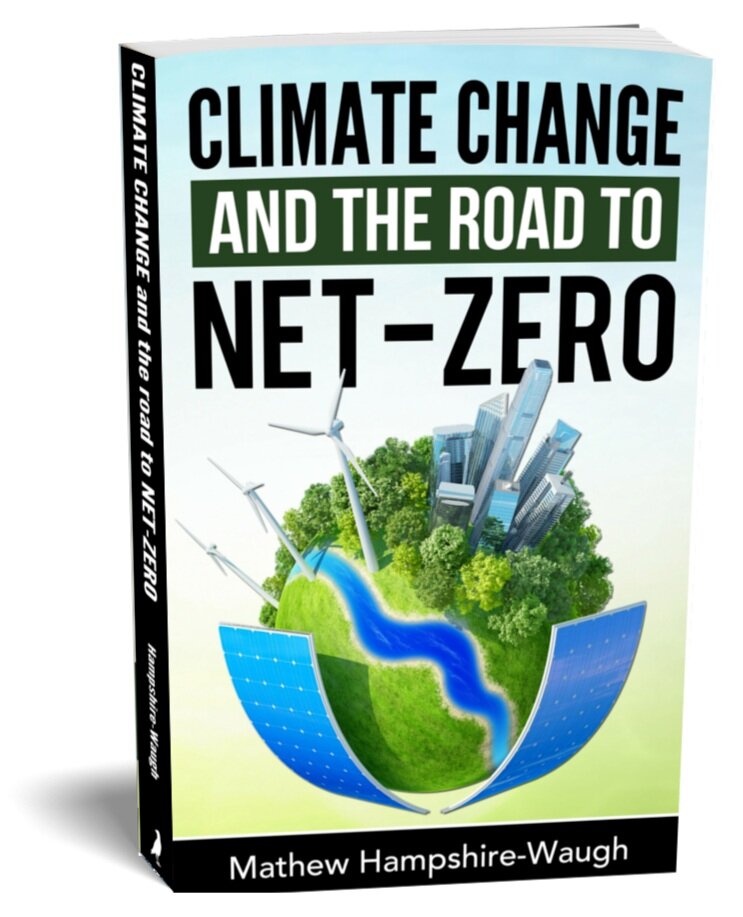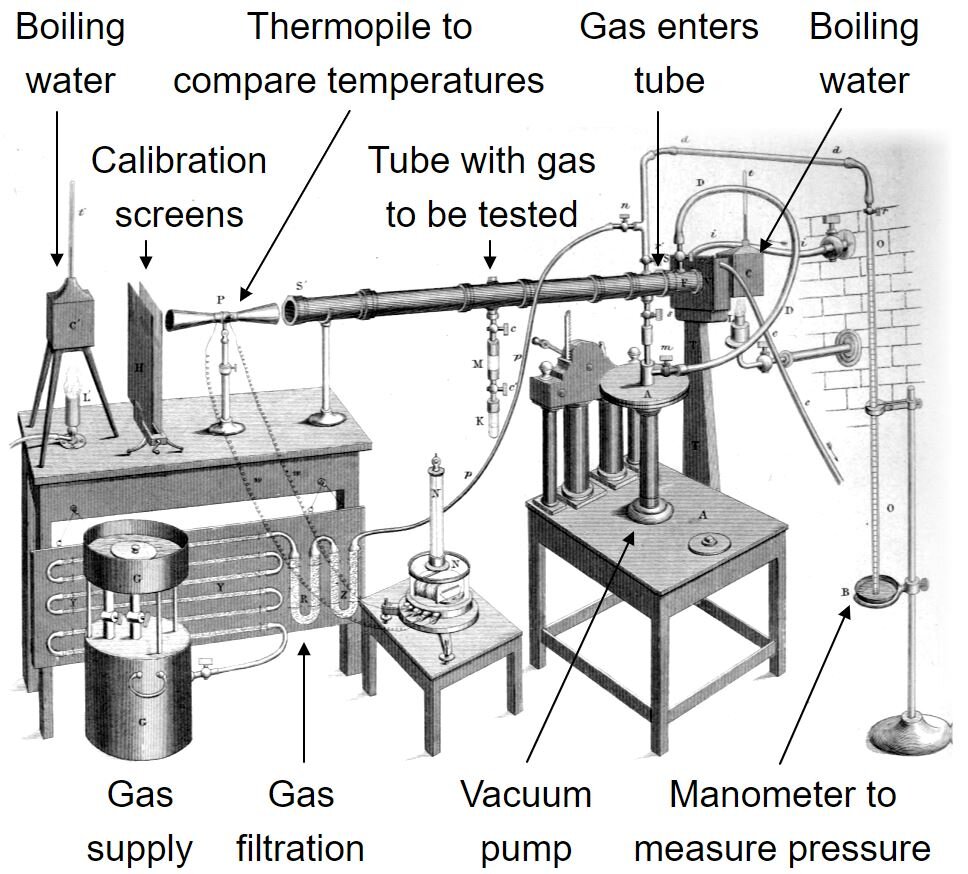Energy Supply Options for a Net-Zero Future
In this post from NET-ZERO:
What different energy supply options do we have? From fossil fuels, to nuclear, to renewables - how do we power the world?
How do we choose the energy mix for a sustainable future? Which energy supply options can provide the world with safe, reliable, low-cost, and zero carbon energy?
Energy Sources and Technology Options for a Net-Zero Carbon Energy Supply
Energy is fundamental to all life. Three basic elements of a successful supply network are reliability, safety and cost. In this post we will summarise the key characteristics of different energy sources to understand which can fulfil our energy needs whilst decoupling carbon emissions.
Here are our energy supply options:
Coal energy originates from the sun, captured by the plants and animals that die, become buried, and transform into bonded carbon atoms. We harness the stored energy by breaking these carbon bonds and reforming carbon dioxide using the combustion reaction. The heat energy released can be used directly or can be used to heat water into steam, spin a turbine and create electricity. Over three quarters of coal is used in electricity generation and the remaining quarter is used directly in industrial heating/furnaces and steel making.
Natural Gas is a fossil fuel comprised mostly of methane (CH4) formed from decomposing plant and animal matter under extreme heat and pressure over millions of years. Natural gas is usually found associated with coal and oil deposits or trapped in underground rock formations. Natural gas can be burnt directly for heating or can be used to generate electricity. Gas power plants inject the natural gas directly into the turbine which allows for a higher temperature of operation and higher efficiency. Half of natural gas is used in electricity generation, 25% in industrial manufacturing and 25% in space heating, water heating, and cooking.
Crude Oil is another fossil fuel containing carbon and hydrogen atoms. The carbon chains form in various lengths and can be separated into different fuels such as gasoline, diesel, and kerosene. Oil can store lots of energy in a small volume.[1] This high energy density means oil is mostly used for powering cars, trucks, ships, and planes so they can travel as far as possible on a single refill. Oil energy is harnessed using the internal combustion engine where the reaction with air in a combustion chamber generates hot gases of CO2 and water. The expansion of these gases drives pistons which are used to turn the wheels of the vehicle. Over two thirds of oil is used in transport.
Oil stores over 10,000 kWh of potential combustion energy per cubic metre compared to coal at 7,000 kWh per cubic metre and liquid natural gas at 2,000 kWh per cubic metre.
Nuclear Fission derives its energy from the splitting of Uranium-235 into smaller atoms, releasing neutrons, which further propagate the reaction, releasing more and more heat in the process. The heat energy is used to boil water into steam and drive a turbine. The reaction is controlled by rods of carbon which can be lowered into the fuel to absorb more neutrons and slow the process. Uranium-235 makes up less than 1% of naturally occurring uranium so must be enriched or purified to create nuclear fuel. Nuclear fission is nearly 2 million times more efficient than combustion so just one kg of enriched Uranium (3% U-235) can deliver one million kWh of thermal energy. This is the equivalent of 600 barrels of oil, 100 tonnes of coal or 100,000 m3 of natural gas. Nuclear power is predominantly used for electricity generation.
Hydroelectric Power derives its energy from the flow of water. Hydropower or water wheels have been used for hundreds of years to perform mechanical tasks like grinding and pumping. The first hydroelectric design was developed by William Armstrong in Cragside, Northumberland in 1878, and was used to power electric lights for his art collection. Hydroelectric power can be captured in a variety of ways – simply using the flow of a river to turn a water wheel or more complex dam systems which channel the rainwater into a reservoir which, when needed, flows down a tunnel to drive an electric turbine. These methods take advantage of the gravitational energy of water at height.
Geothermal is energy extracted from heat below the Earth’s surface. The heat originates from conductive transfer from the Earth’s hot centre, from radioactive decay in the Earth’s crust, and from solar radiation from above. The highest temperature areas get extra heat from nearby volcanic activity. High temperature ground can provide steam for electricity generation and low temperature heat from rock or soils in most locations can be concentrated to provide hot water and heating for residential properties.
Solar, like most other forms of power, derives its energy from the sun. However, unlike fossil fuels or hydroelectric, solar power cuts out the middleman. There is no intermediate process like growing trees, forming fossil fuels, driving rain or wind. Solar uses the sun’s energy directly. There are three types of modern solar energy: Solar Thermal uses black panels to absorb the entire spectrum of the sun’s energy to heat and deliver hot water. Concentrated Solar Power uses large arrays of reflectors to focus the sun’s energy to heat a central tower that is used to generate steam and drive an electric turbine. Solar PV uses two layers of silicon to create a one-way junction for electrons. When the sun’s visible light strikes the junction, it provides enough energy to force electrons across the layers and drive an electrical current.
Wind Power is generated when the sun’s energy is distributed unevenly across land, sea, and mountains, creating cold, dense high-pressure areas and warm low-pressure areas. The molecules in the air move to balance these differences creating anything from a light breeze to gale force winds. Wind turbines harness the kinetic energy of moving air using large blades which rotate, spin a turbine, and generate electricity. The first wind turbine was built by James Blyth in Glasgow 1887.
BioEnergy is derived from biological sources. Biomass includes any organic material which has captured energy from sunlight in the recent past and stored it in chemical form. Biomass includes wood, crops, crop waste, non-edible plant, and manure. Biofuel is the biomass in a final form before consumption, such as logs of wood or ethanol from corn. The energy of the fuel is harnessed through combustion. We will class bioenergy in four camps. Wood Fuel or wood burning has been used by humans for 400,000 years and we still burn 1.3 billion tonnes of dry wood each year, 7% of final energy use. First Generation Biofuels include corn ethanol, sugarcane ethanol, and biodiesel from products like soybean oil (fat). Corn or sugar is grown on farmers’ land, harvested, crushed, and put through an enzyme process to produce ethanol (similar to brewing beer). Biodiesel is produced by a transesterification process to convert fatty oils into diesel.[iii] These are classed as first-generation technologies because they consume otherwise edible crop products (food vs fuel) and use valuable cropland. Second Generation Biofuels are made from non-edible biomass such as crop, food, or forest waste, or feedstock like switchgrass which can be grown on non-farm or non-forest land with minimal fertiliser and water needs. The biomass is converted to fuel by heat, chemicals, or enzymes. Third Generation Biofuels use algae, CO2, sunlight, and nutrients to produce algae oil which can be turned to biofuel. The algae can be cultivated in either pools of water or photobioreactors in nearly any location and are even tolerant to saltwater or sewage. Third generation technology does not compete with food production and can provide significantly higher energy output than second generation.
Nuclear Fusion is an experimental form of power generation that uses similar reactions to those taking place in the sun. Most reactor designs use hydrogen isotopes contained by lasers or magnetic fields under extreme temperature and pressure to initiate and sustain a fusion reaction to form helium. Benefits of nuclear fusion include no carbon emissions, less radioactivity in operation, little nuclear waste, and essentially unlimited fuel supplies. Research has been ongoing in nuclear fusion since the 1940s, but as yet no commercial reactors have been designed that can sustainably hold the reaction steady for more than a few minutes or generate more energy out than in. A long running joke amongst scientists is that fusion energy has been just 20 years away for the last 100 years.
Nuclear fusion remains an active area of research with a 35 nation, $25 billion-dollar, government funded research program called the International Thermonuclear Experimental Reactor (ITER) project ongoing, plus private start-ups from the likes of Jeff Bezos (Amazon), Bill Gates (Microsoft) and Peter Thiel (Paypal, Palantir Technologies) passing the $1.1 billion investment mark. Others view fusion as either impossible or unnecessary. As Elon Musk (Tesla and Space X) puts it: “We’ve got a giant nuclear reactor in the sky. It shows up every day very reliably. If you can generate energy from solar panels and store it with batteries, you can have it 24 hours a day”. From iter.org. and Jonathan Tirone, "Billionaires Chase Space X Moment for the Holy Grail of Energy", Bloomberg News, October 2018.
Choosing a Sustainable Energy Supply
The challenge of the future is to choose an appropriate mix of energy supply to power the economy and modern living whilst decoupling emissions. A balance must be struck between carbon emissions, offsetting options, remaining resources, power density and land use, safety, reliability, and cost.
In the book ‘Climate Change and the road to Net-Zero’ I argue that wind and solar coupled with short-term and seasonal storage can form the backbone of our future energy supply and must be deployed 5 times faster than today for an optimal outcome. R&D into next generation nuclear, carbon capture, and biofuels should act as an insurance policy to reaching 100% zero carbon.




































